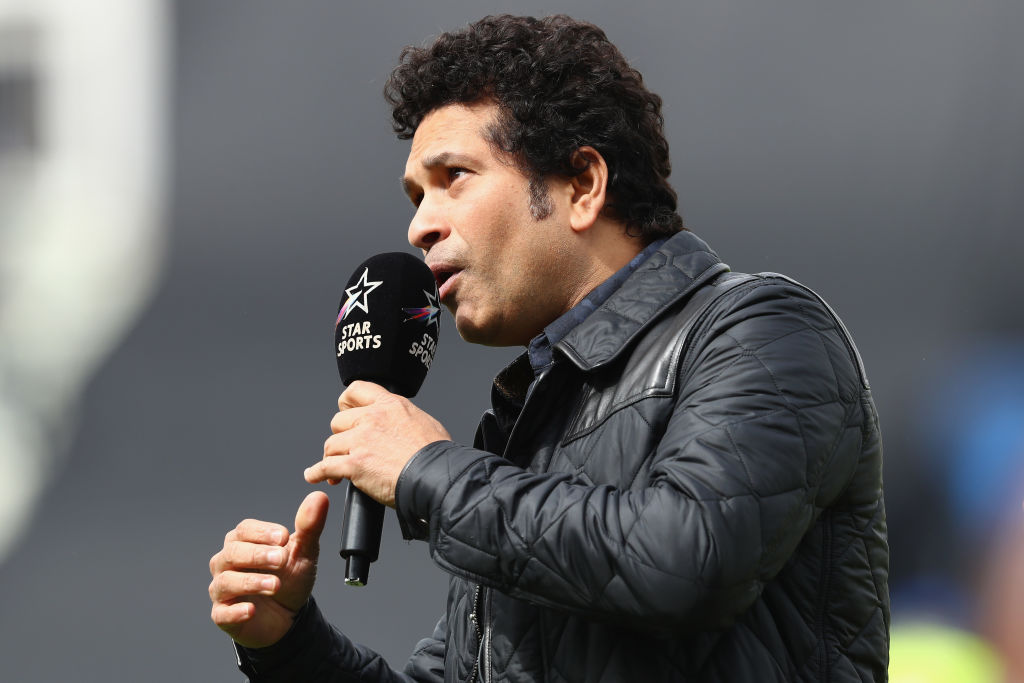ODIs need to be split into four innings of 25 overs each, suggests Sachin Tendulkar

Getty
Legendary Indian cricketer Sachin Tendulkar believes that the 50-over format needs a tweak and has batted for the idea of having four innings of 25 overs each. Sachin believes that the tweak can help in eliminating the dew factor from the game and also believes that it'll help broadcasters.
After Sachin Tendulkar initially pitched the idea of a "split-innings format" in one-day cricket way back in 2009, Cricket Australia took notice of the same and implemented the format in their domestic one-day competition in 2010 by splitting each innings into two parts - one of 20 overs and one of 15 overs. However, after underwhelming feedback, the format was subsequently scrapped and they moved back to the traditional 50-over format.
10 years hence, Sachin has once again come forward with the proposal of a split-innings format for one-day cricket and feels that there needs to be four innings of 50 overs each instead of two innings of 50 overs each. According to Sachin's proposal, an innings of 50 overs will be split into two parts of 25 overs with the teams batting alternately with a 15-minute break before the commencement of every inning.
"The 50-over format is the first thing that needs a look-in. As I had suggested, the format needs a tweak of two innings of 25 overs per side with a 15-minute break between each innings (a total of four innings between two teams)," Sachin was quoted as saying by Times of India.
The former Indian skipper believes that the number of innovations and ideas that the format can give birth to are endless and went on to illustrate how he thinks such a game would pan out.
"The number of innovations that can be brought in are huge. Let's say there's a 50-over-a-side match between Team A and Team B. Team A wins the toss, bats 25 overs; then team B bats for 25 overs; Team A resumes innings (with whatever wickets left) from the 26th over; Team B then resumes the last innings to chase the target.
"If Team A has lost all their wickets within the first 25 overs itself, then Team B gets 50 overs (25 overs plus 25 overs with a break) to chase the target. Now look at the number of ideas that can be adopted in a format like this," the 46-year-old explained.
Apart from eliminating the toss factor, Sachin also feels that the format can help tackle dew as in this format both sides would have to face the wrath of it unlike the current model which sees all misery being piled on the team bowling second.
"There's always a chance to come back into the game. In a regular 50-over format, if a side wins toss and there's dew, the side bowling second has no chance. The wet ball just skids on to the bat and it's never a fair battle."
